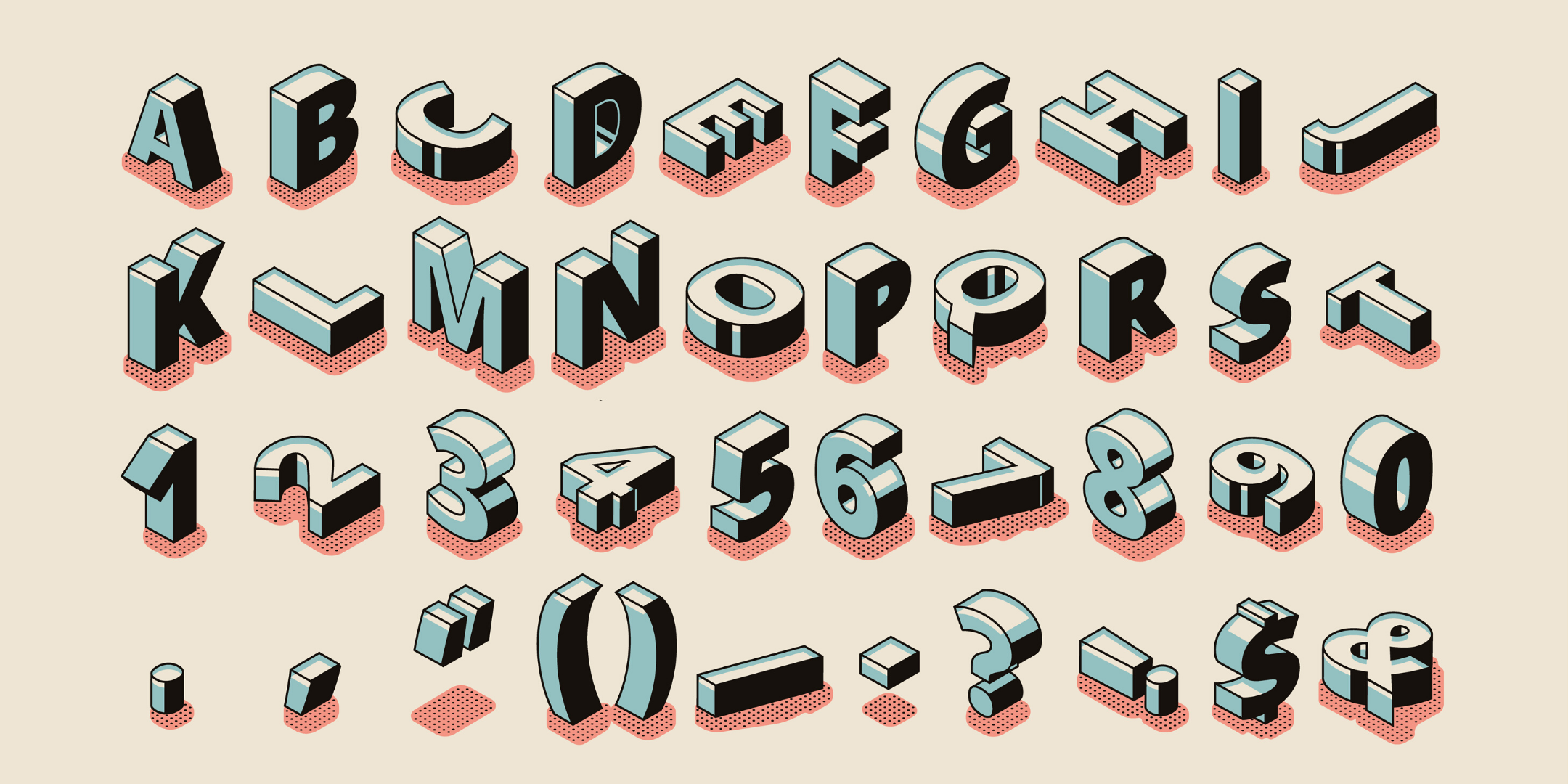
4 Fast Rules for Mastering Dialogue Punctuation
Punctuation rules, like all literary devices, are there to help the writer get a succinct, accurate meaning across. To discard the finer points of punctuation (in this case, the proper use of quotation marks) is like a sculptor wielding a sledgehammer. Messy, messy, messy. Use the following rules to ensure sure your rhythm, meaning, and style come through on the page, just as you intended.
1. The words of each speaker appear on a new line.
“Why?” she asked?
“Because,” he replied.
“Because why?”
“It’s just a bloody rule,” he said, exasperated. “I don’t know who invented it. But if a different person speaks, they get their own damn line.”
2. Watch where you place your punctuation point.
Brits and Americans have varying rules, but generally, commas and stops always go inside the quotation marks.
For example, “That’s correct.” Versus, “That’s incorrect”.
The other dashes and dots aren’t cool enough to join the club – semicolons, question marks, dashes, and exclamation points go outside, unless directly pertaining to the material within the quotes. Sounds too technical? Here’s an example:
“Do publishers spot newbie writers by their poor punctuation?” asked the trembling wordsmith.
Below, the question mark goes outside the quotation marks because it is not part of the material being quoted:
Did you hear her say “We should all punctuate properly”?
The question mark relates to the question (Did you hear) as opposed to the quoted text (we should all…).
Those with a sharp eye will note that the sentence ends with just a question mark. There is no period after “properly”. I.e. Did you hear her say “We should all punctuate properly.”?
In general, don’t use double punctuation marks, but go with the stronger punctuation. Question marks and exclamation points are stronger than commas and periods.
3. To signal a quotation within a quotation, use single quotes.
“And then the clown says to me, ‘I’m gonna teach you a lesson, and it ain’t gonna be funny!'” The old man tore at his thinning hair, asking if they thought the clown’s threat was serious.
4. For interior dialogue, italics are appropriate, just be consistent.
Interior dialogue: That old man better give me my money, mused the angry clown. External dialogue: “What you looking at?” he shouted at the growing crowd.
5. Don’t close off multiple paragraphs of dialogue.
If your character has a long quotation that spills over one paragraph, don’t close the paragraph off with a quotation, but start the next paragraph with a quotation and close that paragraph off, once the character has finished speaking.
6. Single or double quotations? It’s a matter of taste.
And one of many grammatical battles that will continue to rage on throughout time. There is no definitive answer, “Apparently double quotations are fine, but…” the wordsmith paused, ‘you can use singles also.’
Personally, I prefer doubles. They’re more commonly used, and more normal = less distracting for the reader. It also ensures they stand out from apostrophes.
7. Also keep in mind other ways quotations might appear.
They’re also used to identify the titles of short or minor works, such as:
- Songs
- Short Stories
- Essays
- Short Poems
- One Act Plays
- Other literary works shorter than a three act play or complete book
- Titles of sections from longer works
- Chapters in books
- Articles in newspapers, magazines, or journals
- Episodes of television and radio series
Underlining or italics are used for the titles of long pieces or works that contain smaller sections.
Ready to go and rock all those pretty little symbols?
Comment below if you’ve got dialogue punctuation problems you want to discuss!